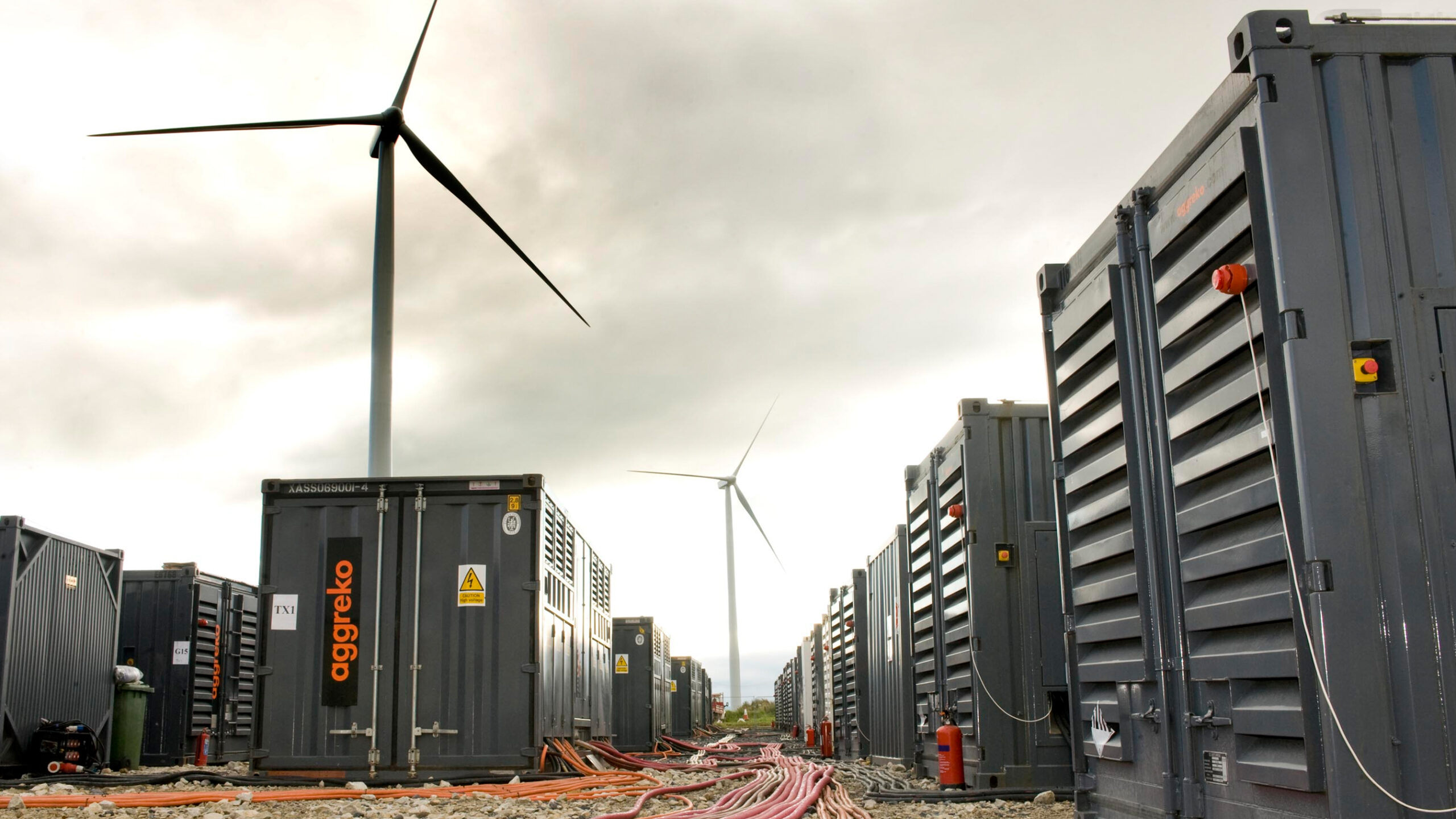This article was contributed by Carsten Reincke-Collon, Director of Future Technologies at Aggreko
Most industries globally are facing up to the challenge of reaching net zero. An essential part of this will be cutting emissions from energy usage – although this can be easier said than done.
The most direct way to decarbonise power generation is with renewables. However, their intermittent and seasonal nature means they’re not yet a viable option as a sole source of power – even when you factor in battery storage. This is especially the case in remote areas when there’s no or only weak grid access to balance fluctuations in demand and supply.
Using thermal generation as back-up power is still the most flexible solution to meet the required load at any time. Fossil diesel is today the number one fuel choice, but to cut emissions we must reduce our reliance on it.
Aggreko works with clients across a variety of sectors globally to support them on the transition to net zero. A big part of this is finding alternatives to fossil diesel whilst other future fuels such as green hydrogen are still in their development phase. Two fuels in particular have a vital role to play in the mid to long-term: first and second generation biodiesel and Natural Gas. However, there are some barriers to overcome if to make these fuels truly economic for use.
Agents for change
Today’s biodiesel, also known as Hydrotreated Vegetable Oil (HVO) or renewable diesel, is the most advanced fossil fuel alternative for mobile, modular power. Produced by hydro-processing fatty acids, biodiesel can be made from nearly any raw material that contains enough fatty acid, including vegetable oils and cooking grease. It has several benefits including emitting up to 78% less carbon than fossil diesel, an existing supply chain and compatibility with diesel engines. It is therefore no surprise that we are already seeing oil majors and refineries working to convert capacity towards the use of this alternative fuel.
Another option for energy-intensive processes like mining and utilities in the mid-long term is Natural Gas. Its main advantage is that it is already fully compatible with existing natural gas engines and is increasingly being recognised for its ability to reach remote locations without the need for a pipeline. Although it is a fossil fuel, it offers between 15 and 20% reduction in carbon emissions, serving as a stopgap while other lower-carbon energy sources are in their development stages.

Overcoming barriers to adoption
While each of these fuels will play an important role in the energy transition, they do have some limitations.
For example, HVO is expensive – in most regions it costs more than fossil diesel today – and requires wider uptake in order to bring costs down. Its supply chain is also limited, which constrains availability. Meanwhile, the transportation and storage of Natural Gas is expensive, particularly in its liquid form, and it relies on ports and specialised facilities.
In other words, the two biggest barriers to adoption are cost and availability. For either of these fuels to have an impact in the next decade, they need to be scalable. This means that governments and industries have a role to play in encouraging demand and creating the necessary infrastructure to support them.
At Aggreko, we believe in the necessity to replace fossil diesel with cleaner fuels. Together with our customers we are working to develop low emission alternatives for the future, as well as understanding potentials and limitations today.
For example, we know that reliability is essential when our customers are making decisions about alternative fuels. That’s why we are investing in Natural Gas and virtual pipelines, as well as prioritising the use of drop-in liquid fuels, such as biodiesel, in our generators.
We’re also aware that committing to one sole technology or fuel for a long period of time may not be appealing, particularly with new, cleaner – or more competitive- options in development. By offering a rental model, we can help to reduce some of the risk and also support cashflow management, with less investment required upfront.
One thing is clear: there will not be one single fuel solution that will decarbonise industries globally. Instead, it’s about getting the right balance and pace of adoption of fuels and technologies, carefully tailored to specific locations, sectors and customer sites. Ultimately, companies must strive for integrated, digitally-controlled, hybrid systems that provide low-carbon, low-cost, highly efficient energy. The fuels outlined in this article will be an essential part of this journey.

